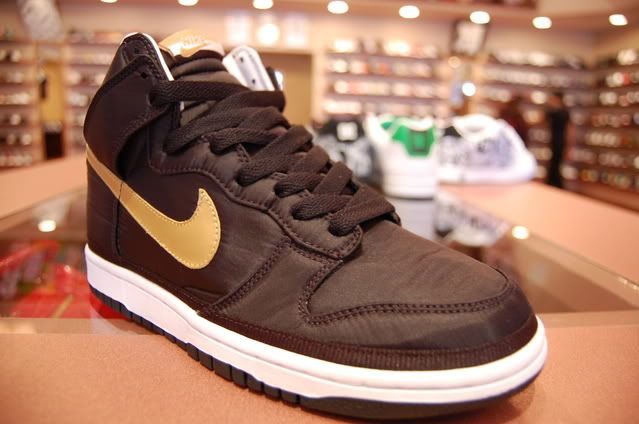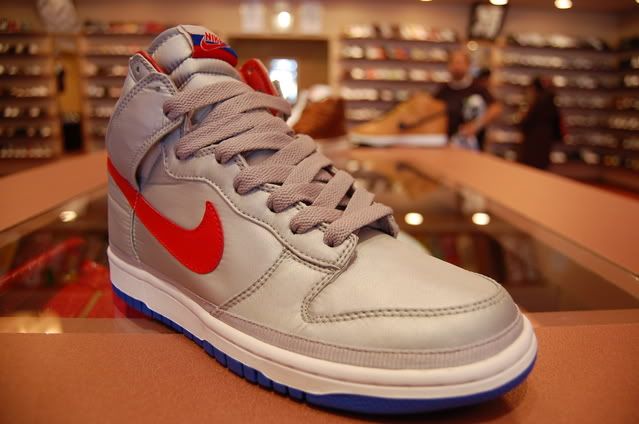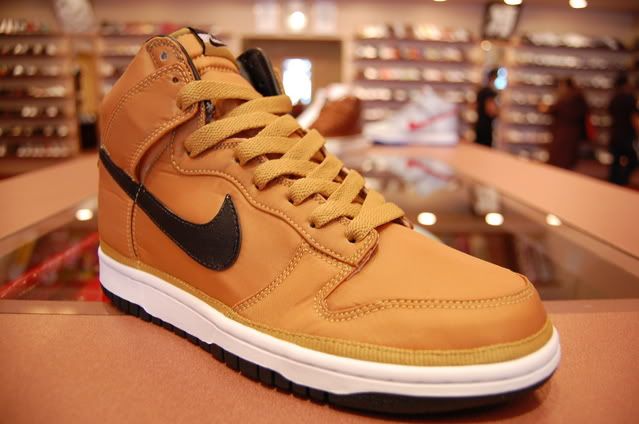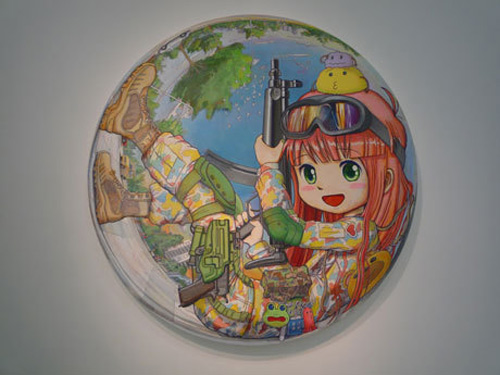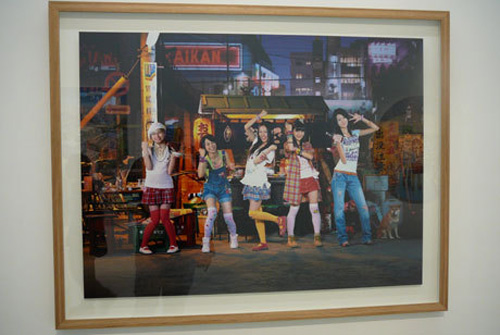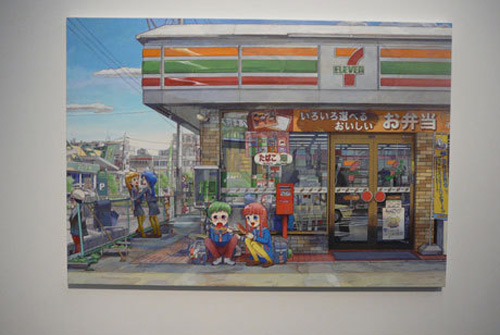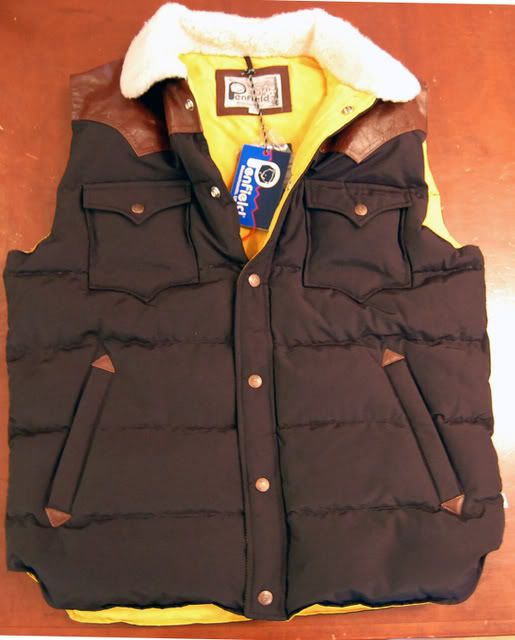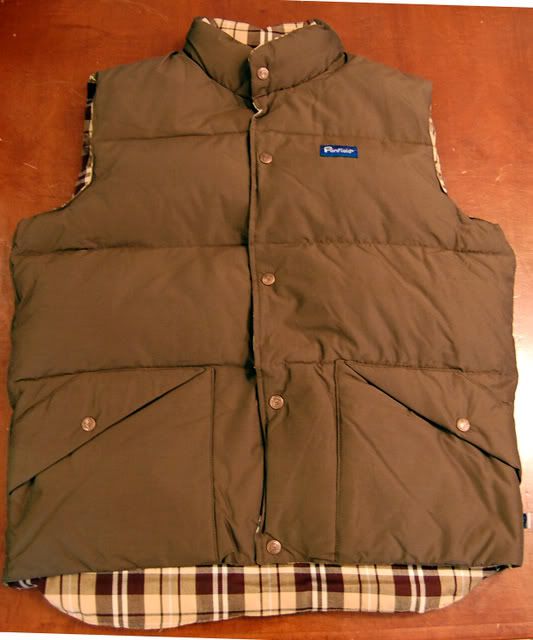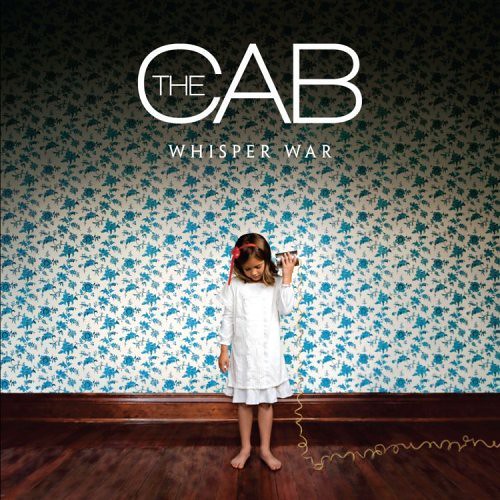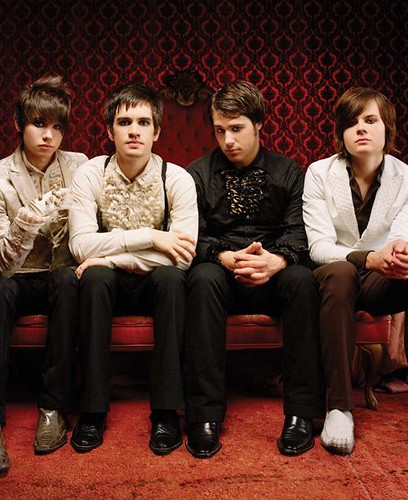




Justine Smith was born in Somerset in 1971. After finishing a foundation course in Somerset College in 1990, she moved to London to study at the City and Guilds of London Arts School. Her work is exhibited in galleries and museums internationally, and she also has work in the collections of the British Council, international corporations and private collections. She lives and works in London.
Paper is a basic material for any artist. However, for Smith, paper itself has become the medium, and the knife that she uses is her pen. Previously well known for using collages of comics on her sculptures and also for her cut paper pieces, she has recently been focusing on making work with money. On a physical level, a banknote is just a piece of paper, but it is what a banknote actually represents that is central to Smith's practice.
Her work as an exploration of our relationship with money and our response to it, in a political, moral and social sense, whilst also exploiting the physical beauty of the note. Her earlier pieces were a satirical reaction to the coming of the Euro, with a 'Euro's for Life Not Just for Christmas', a series of twelve dogs pouncing around a single pound coin. Each dog is covered with a different currency of the twelve countries that joined the Euro. This was subsequently followed by the 'EU Ewe', a sculpture of a sheep given a ëfleece' made of a thousand pounds worth of Euro notes. This installation piece led on to a more light-hearted series of dollar and pound dog sculptures ñ a pun on the idea of ëman's best friend'.
A Banknote is not only an abstract representation of our labour, but the imagery depicted on it also symbolises the ideas and ideals of a given country's culture and the society that its people live in. The 'Money Map of the World' compounds many of Smith's ideas relating to money. This piece of work took seven months to produce and is made up of banknotes from every country in the world. The images and cultural symbols on the banknotes are significant and can give an indication not only of the economy of a given country, but also important aspects of its culture. Aside from more obvious images of the local flora and fauna, one can also see elements of a country's history, religion, its aspirations and defining achievements. In some areas such as the Middle East, spiritual and cultural alliances can be seen as groups of countries appear to merge due to the similarity of Islamic design on the banknotes. One can also see economic alliances such as the Eurozone, or West and Central African states, which share common currencies between a group of nations. Similarly, one can also see traces of old empires - some countries borders are naturally formed by rivers or mountains, but other countries borders are man-made ñ to an extent divided by money
one looks at Africa, some states are literally drawn with a ruler and pencil, evidence of it being divided up as a consequence of its colonial past. Names of currencies such as pound, franc, or guilders, appear all over the world. There are of course geological maps, but this map is a political map showing political boundaries of each state. Over time, this map will date as new alliances are formed, or wars annex one country onto another, or there is a regime change and a new currency is issued. All the notes on this map are current issue.
Smith continues this geopolitical theme in 'The Happiness One Hundred +11', a collage of words cut from banknotes, based on the results of The Economist's Quality of Life Index and crossed with 'Maslow's Hierarchy of Need'. Maslow a psychologist, contended that as humans meet their basic needs, they seek to satisfy successively higher needs that occupy a set hierarchy. This theory was then depicted in a five-layer pyramid with fundamental physiological needs (air, warmth, food etc.) for survival at the base and fulfilment needs at the top. Although poorer countries feature heavily at the bottom of the index, it is not necessarily the richest countries that feature at the top of pyramid and who enjoy the best quality of life. Once again, the images depicted on a banknote are significant and they are very different at the base of the pyramid as compared to the top.
Smith's series of flowering plant sculptures and gun sculptures investigate the ideas of extinction, corruption and the impact of power and money on an individual. The flowering plant sculptures 'Specimen', feature various dictators and are contained in domes. The fragility of the orchids and poppies are a direct contrast to the dictators featured on the banknotes. The flowers and the dictators on them have relevance to each other, for example Kim Il Sung, the former dictator of North Korea is featured on the Kimilsungia (Kimilsungia is a variety of orchid presented to Kim Il Sung by the president of Indonesia in 1965. These plants are the only flower displayed at the annual International Kimilsungia Flower Festival). The gun sculptures 'Absolute Power', fabricated solely from US dollars, express the fact that that money buys power and suggest that the US as the wealthiest nation, currently has that power. The gun itself is a symbol of power, control, violence, danger, war and death. Although the sculptures appear to be solid, they are in fact completely hollow and almost weightless. The fact that they can be crushed in the palm of a hand questions the nature of power and suggests it may be a more delicate and impermanent state than it first appears.
The 'money word' series are concerned with the language of money and our reaction to it. Words that are neutral become more sinister or emotive once associated with money
Check out the website
here.






